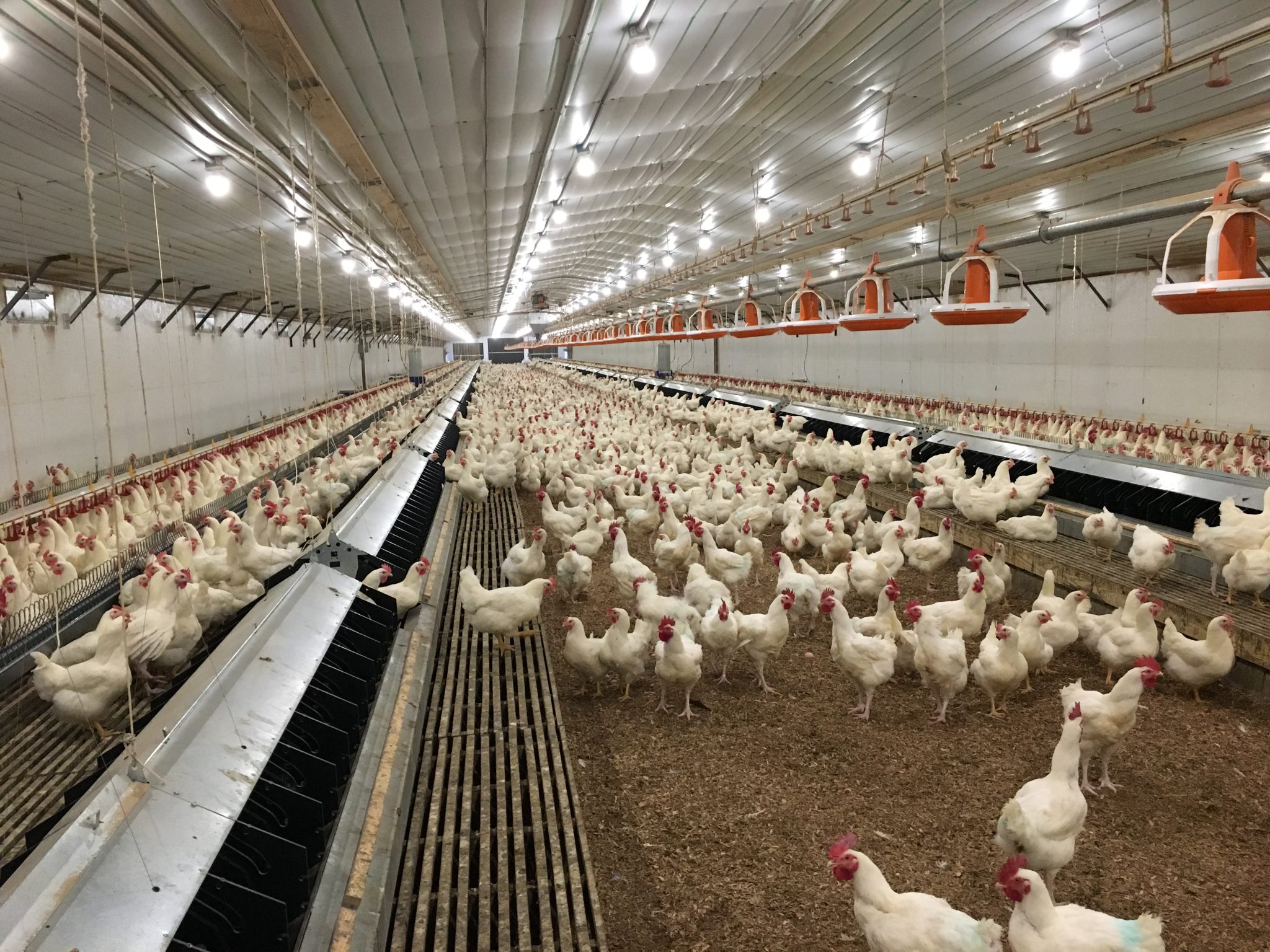New Farmer’s Guide to the Commercial Broiler Industry
in Business StrategyAbout this course
Before purchasing or building a commercial contract poultry farm, growers need to understand key aspects of the industry to make essential business decisions and build a secure future for their enterprise. Learn more in this first of a five-part series for new farmers in the commercial broiler industry.
Growers have many considerations when purchasing or building a commercial poultry farm. A potential grower must first understand the basic nature of the poultry farm being considered and which live production sector it serves.
For each sector in a traditional integrated poultry system, the contract poultry grower owns the real property, the grow-out houses, and associated equipment on
the farm. The poultry company, sometimes called the integrator, owns the birds throughout the process.
The integrator provides the birds, feed, veterinary care, transportation, processing, marketing, and grow-out management oversight. In exchange for the contracted payment, the grower provides the facilities needed for grow out, labor, and all utilities required for proper husbandry of the birds as guided by the integrator.
The ultimate product of all live production operations is the broiler, or meat-type bird, that goes into the processing plant to produce meat for human consumption. For the typical integrated broiler company, three farm types serve the live production sector of the company: pullet farms, breeder farms, and broiler farms.
Comments (0)
Pullet farms are the beginning process of local live production. On these farms, the males (cockerels) and females (pullets) that eventually go into hatching-egg production are raised to sexual maturity. A pullet farm gets chicks that have been purchased by the integrator from a primary genetics company and raises them for approximately 21 weeks. At this point, they are ready to be caught and moved to another farm for the next stage of the process.
Pullet Equipment and Facilities
Pullet farms typically have separate rearing facilities for pullets and cockerels. This can be individual houses or separated rearing areas in the same house. Modern pullet farms vary in size from 42,000 to 72,000 square feet (SF) total, though some larger farms exist.
The birds in these houses are the integrator’s most expensive and vital part of the live production process. One hen will produce 150 to 175 hatching eggs in her lifetime, and one rooster will fertilize well over ten times that many eggs. Thus, the proper raising of these breeding birds is highly important, and the integrator tightly controls bird management.
Interaction with the birds is coordinated with feed and lighting schedules. Pullet farms overall do not have a high labor requirement; most labor occurs early in the mornings. A pullet farm typically raises two flocks per year with 4 to 6 weeks between flocks. On rare occasions, due to extenuating circumstances at a farm, a pullet farm may be asked to raise a flock of broilers during their time between flocks.
Pullet growers are responsible for providing day-to-day environmental control, feed and water, and any other daily needs, including mortality disposal.









